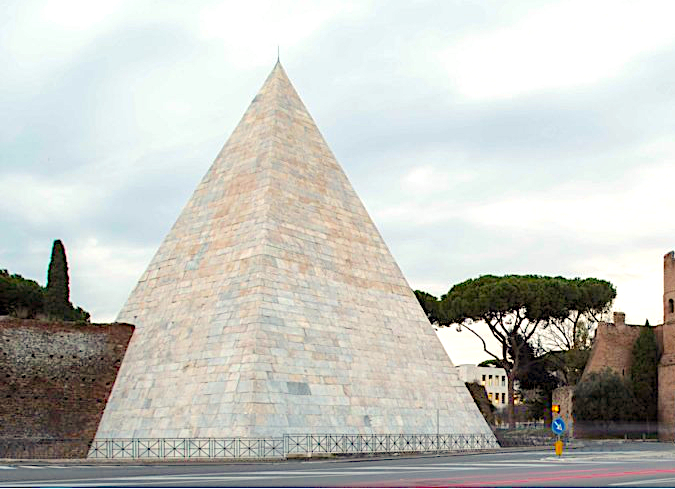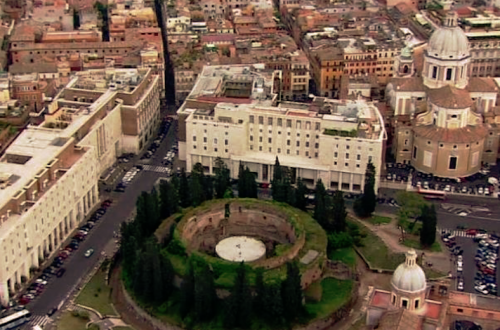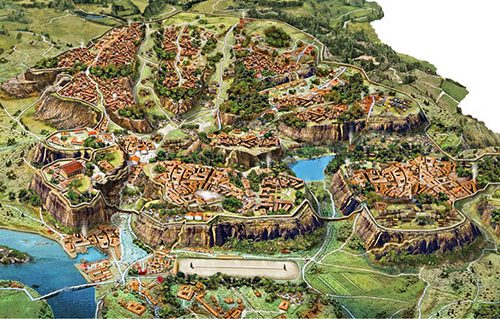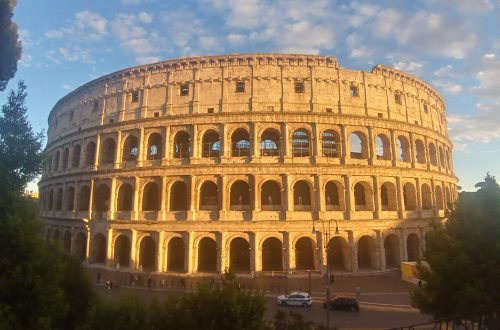
The Pyramid of Caius Cestius reopens to the public.
Free guided tours every Sunday in October.
Three visits every Sunday at one-hour intervals, conducted by the archaeologist Barbara Rossi, to discover the Pyramid of Gaius Cestius
The Special Superintendence of Rome, led by Daniela Porro, is promoting a cycle of exceptional openings of the Pyramid of Caius Cestius, following the notable success achieved during the European Heritage Days.
The guided tours will be coordinated by the site manager, archaeologist Barbara Rossi, and will be three every Sunday, at one-hour intervals: at 10 am, 11 am, and 12 pm, with a maximum of 25 participants for each shift.
Access to the visits is free, but booking is mandatory by filling out the appropriate form available every Tuesday on www.soprintendenzaspecialeroma.it. Be careful because this is a very appreciated initiative, given that reservations for Sunday 8 October sold out in just a few minutes.
The History of the Pyramid of Gaius Cestius
The Pyramid of Cestius is the only remaining monument of a series present in Rome in the 1st century BC, during the period in which funerary architecture was influenced by the fashion following the conquest of Egypt in 31 BC. Gaius Cestius, a Roman politician and member of the priestly college of the Epuloni, wanted the construction of his pyramid-shaped tomb to be completed in 330 days, as indicated in his will.
The tomb was built along the Via Ostiense between 18 and 12 BC. Subsequently, the Pyramid was included in the city walls built between 272 and 279 AD on the initiative of Emperor Aurelian. The structure, 36.40 meters high with a square base measuring 29.50 meters on each side, has a core of cement work with a curtain of bricks. The external cladding is composed of slabs of Lunense marble.
The burial chamber, with a barrel vault, was sealed during the burial following Egyptian custom. The walls are decorated with frescoes according to a panel scheme, with figures of nymphs alternating with lustral vases on a light background. Above, at the corners of the vault, four-winged Victories hold crowns and ribbons. Originally, in the center, there must have been an apotheosis scene depicting the deceased owner of the tomb.
![]()




